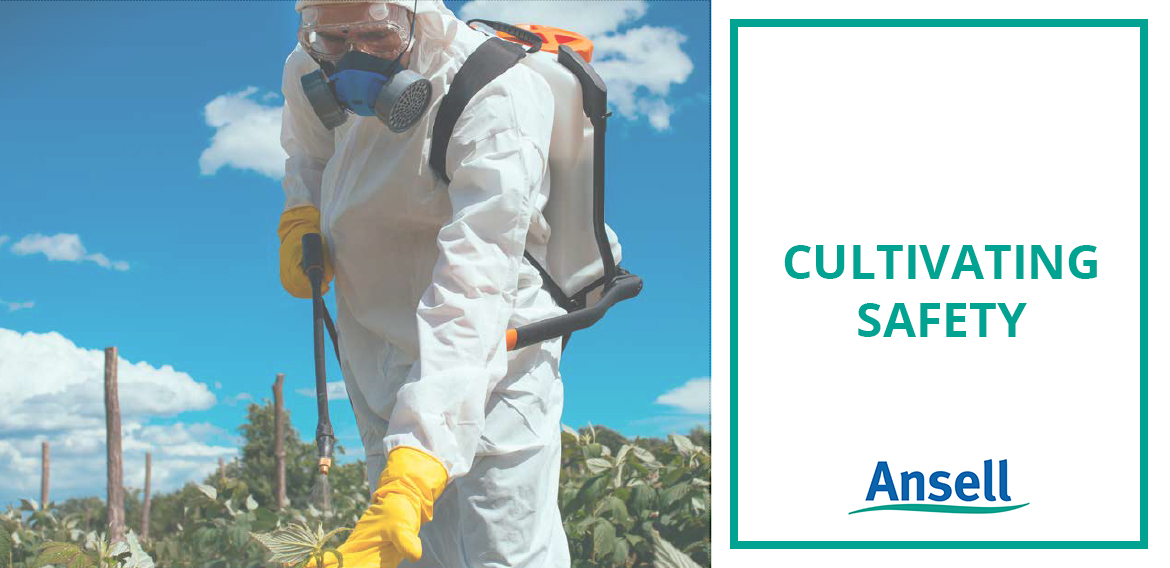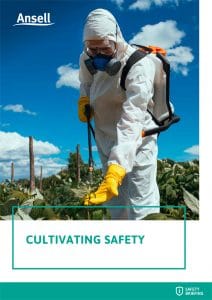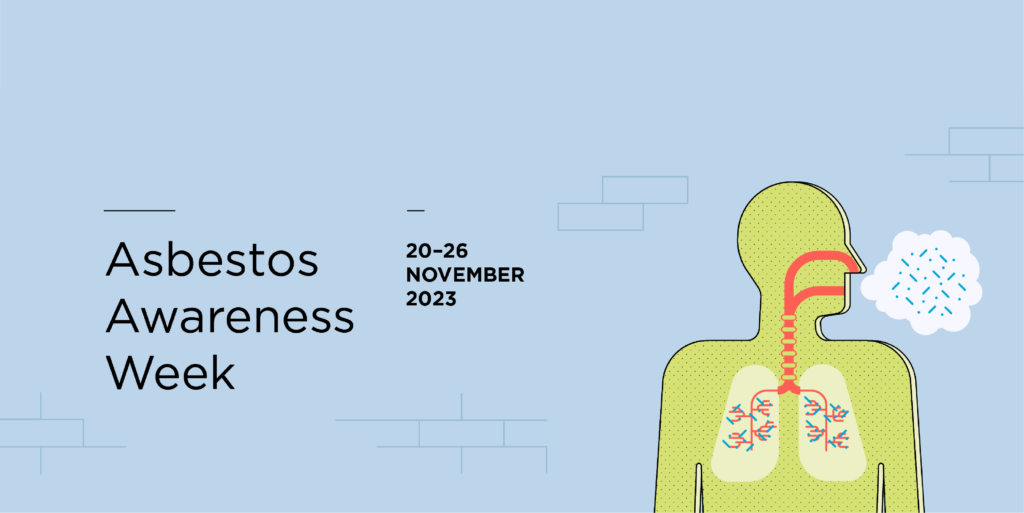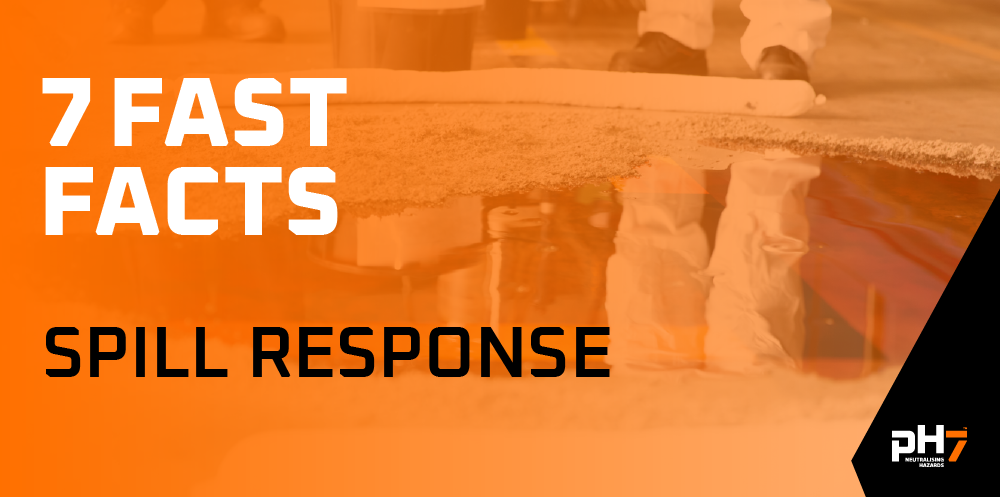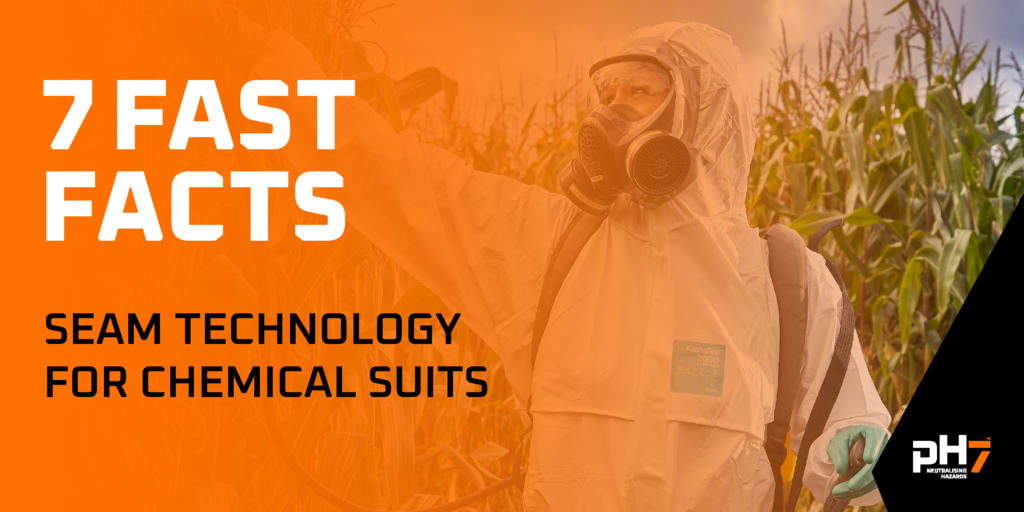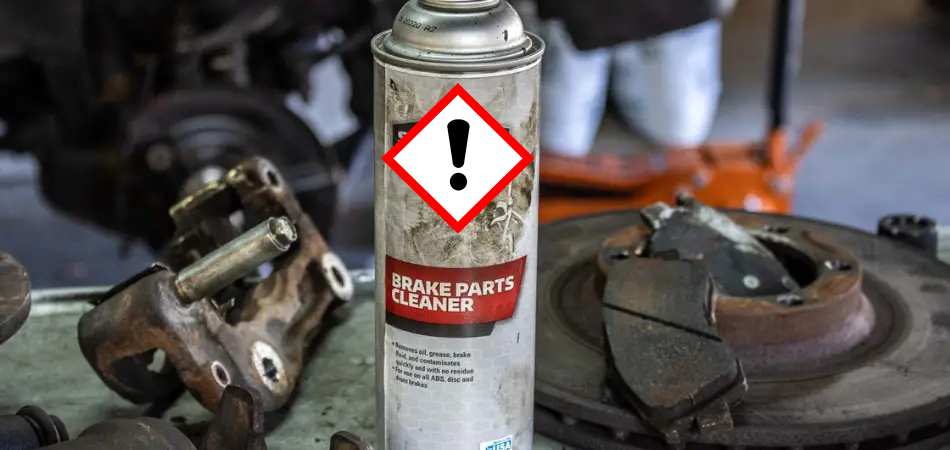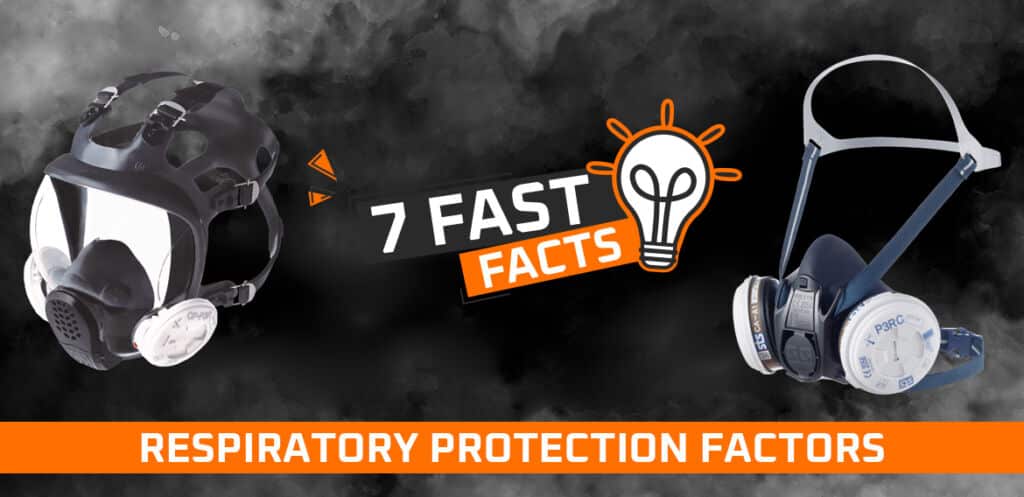Ansell and ph7 International both identify the importance of safeguarding against the long-term effects of Agricultural Chemical Exposure and cultivating safety.
Some workplace environments inherently expose workers to a greater number of safety risks than others. So too, some hazard types straddle multiple industry sectors, putting workers at risk purely through the intrinsic characteristics of the hazard itself. One such example is the wide-ranging threat from exposure to agrichemicals which, despite the name, are not limited to farming or pure agriculture environments.
The relative efficacy of agricultural chemicals is a double-edged sword — the same characteristics that ensure effectiveness in the eradication of pests also pose a significant threat to human health if suitable precautions to limit exposure are not implemented.
Exposure to these chemicals can occur in many ways. Obvious scenarios include treatment of animals, crops, plants and grain stores in agricultural or livestock production settings, but other known risk environments include forestry, gardening, professional (or domestic) pest control, or exposure through the spraying of public parks, pavements and playgrounds. Any process that employs fumigation for parasite management, such as cross-border biosecurity, also leaves workers open to exposure.
Ansell and ph7 International both identify the importance of safeguarding against the long-term effects of Agricultural Chemical Exposure.
To read more click on the image below to download the Ansell Safety Briefing – Cultivating Safety >>

